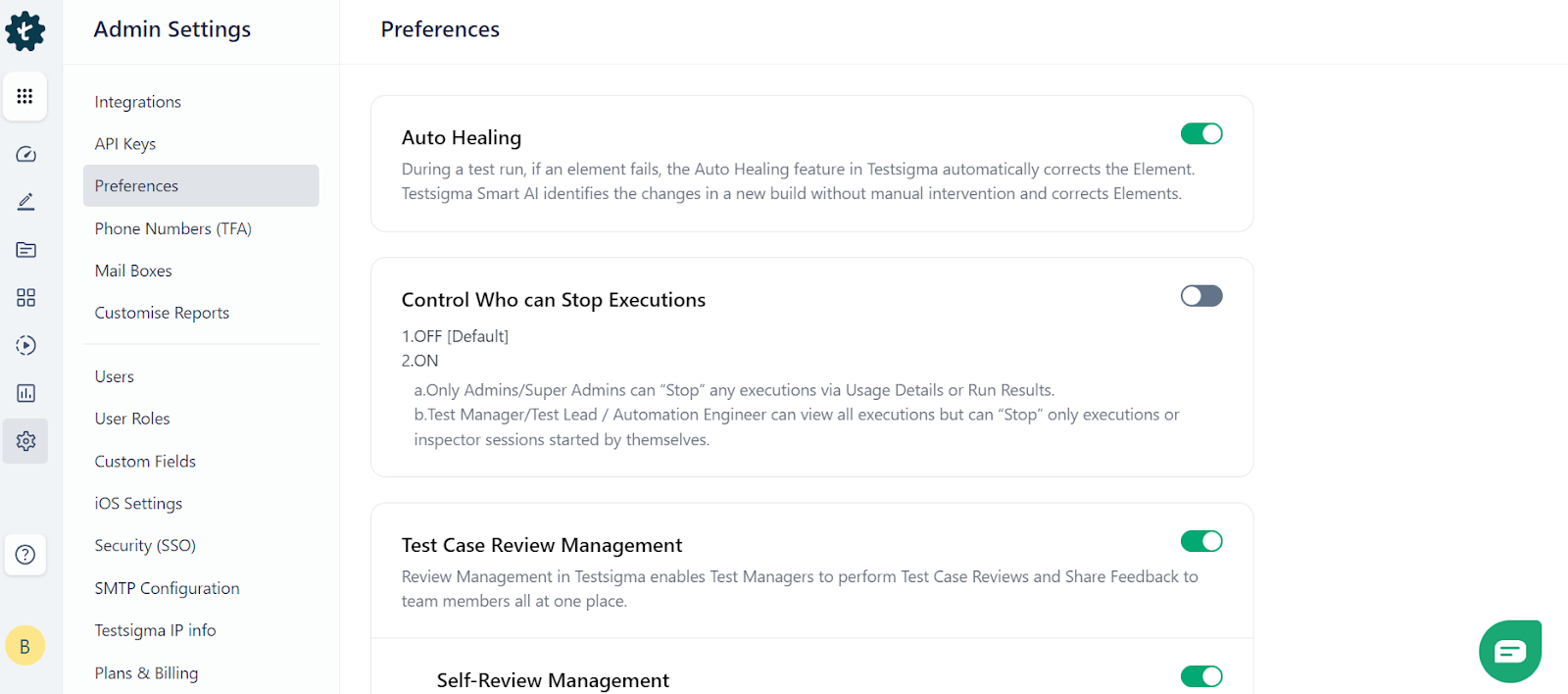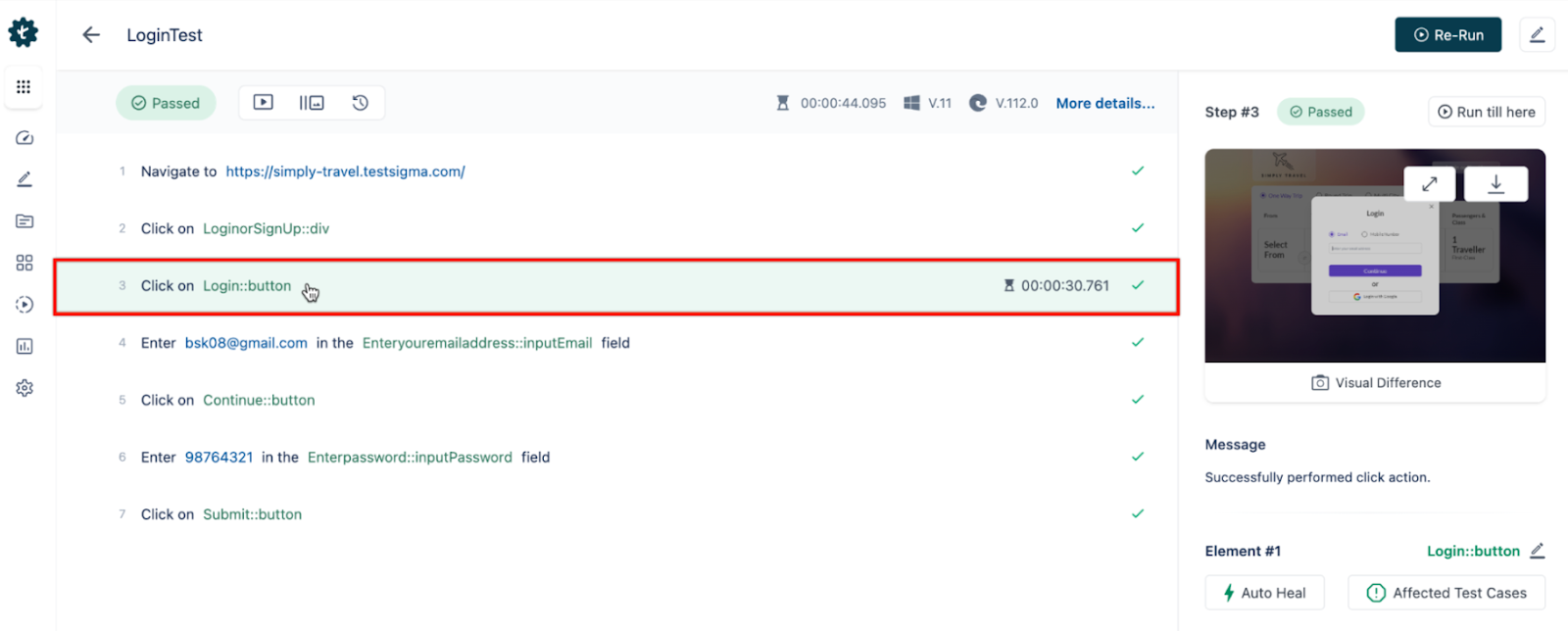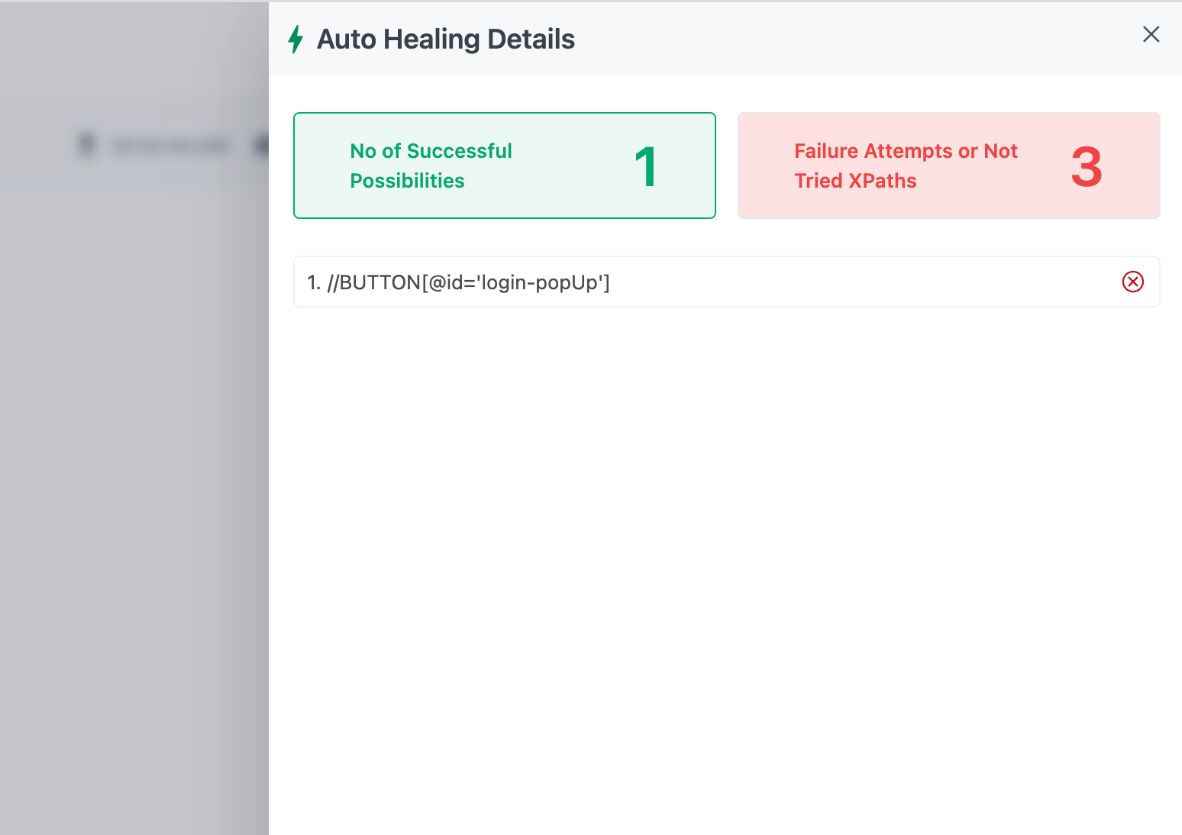The evolution of software testing is well on its way as more and more advanced concepts enter the industry. Automation is replacing the manual testing process and automating redundant tasks. But that’s just not enough. But test automation has its own challenges that are being overcome with new ideas. Self healing test automation is one such innovation that helps prevent possible failed test cases and improves delivery time. You can use tools to enable self healing for your test cases. Explore Testsigma as a reliable self healing test automation tool and see it in action.
Table Of Contents
What is Self Healing Test Automation?
Self healing test automation is the solution to resolve key issues that arise due to changes to the properties of the object. There are several ways for a program to identify web elements, some of which are using Name, ID, XPath, and CSS elements. When these attributes change or break, test scripts fail, leading to the collapse of the complete test case.
Self healing empowers teams to adopt a Shift Left approach in the Agile methodology. Not only does it make the testing process efficient, but it also allows for an increase in productivity and faster delivery. Many open-source and commercial tools are available in the market that support self healing test automation using Machine Learning and Artificial Intelligence (AI).
Testsigma is one such open-source test automation tool that uses AI to detect issues and fix them automatically. This complete guide sheds light on Testsigma and its ability as a self healing test automation tool.
Why is Self Healing Automation Important?
Many reasons come to mind when discussing the importance of self healing automation. When test automation is truly making a difference by automating repetitive tasks, the idea is to evolve further to automate core decision-making activities. This will truly enable touchless testing in the coming future.
Here are some of the foundational reasons that make self healing test automation important:
- It prevents test flakiness from offering better visibility into how stable the tests are
- Self-healing offers improved efficiency and overall software performance and stability
- You can also increase test coverage by reducing redundant code
- Self-healing expediates the testing process, all the while providing valuable insights into application issues and component performance
- There will be fewer failed test cases as the object locator will update automatically
- It saves time and provides increased efficiency by handling several tedious and manual efforts.
The Self Healing Mechanism
Every test case you run depends on the web element you are verifying. Every web element corresponds to a locator, usually name, id, Xpath, and type, to run test steps successfully. And it is certain that the application under test will undergo continuous modification, which will result in a change of the elements. So, the next time you run the same test again, it will result in failure because of a mismatch of UI. Unless you choose a self-healing mechanism, your pre-designed test cases are bound to fail.
Automation frameworks build the self-healing capability as a smart and automatic feature to ease the tasks of testing teams. The test automation tool will apply the new object’s locator to avoid failed test cases. This approach ensures that the entire script stays updated with every change made to the product’s design.
Self Healing in Testsigma
The number of changes in the testing code is proportional to the changes that the developer makes in the application. For example, if ‘id’ or ‘class’ attributes of an element on a web page is changed by the developer, then the existing automated test script needs also be changed. This may sound simple, but if there are many such changes in the application, this takes a lot of time and effort for the testers to modify tests and run them.
This is where the AI-driven approach of Testsigma comes to help.
The AI detects abnormalities in the existing code and automatically fixes them without human intervention. Self-Healing in Testsigma is done with the help of AI algorithms that automatically fix changes made to the source code and prevent tests from failing.
How Self Healing Test Works in Testsigma?
Testsigma’s AI is smart enough to locate the element despite the change in the attribute and modify it to match the change made in the source code; tests without Self-Healing fail in such cases.
Let’s look at how Testsigma handles auto-healing within the tool.
The first step is to enable the auto-healing option for the future test cases to automatically reform itself when any element changes. For this, go to Settings > Preferences and enable the toggle on Auto Healing widget.

From now on, if a UI element identifier gets updated, the tool will automatically detect and correct the change in any test case that element appears.
Consider that the login button identifier is changed on the Simply Travel page from //BUTTON[@id=’login’] to //BUTTON[@id=’login-popUp’]. With the Auto Healing feature enabled, the test lab will successfully locate the element with the new XPATH.
Click on the test step which deals with the auto healed element and click on the Auto Heal option shown on the down-right side.

This action will open a window displaying the auto healed element and the new XPATH. Basically, you will have access to all the details of auto healing instances present in the test case.

We detail all the steps sequential in this element auto healing document for your better understanding.

Check out how Testsigma identifies changing attributes and self-heals!
Schedule a Demo
Conclusion
In agile methodology, applications go through continuous development and testing. It is evident that the existing test cases will fail if the object identifiers change in the process. That’s when self-healing test automation comes to the rescue. It adapts to the changing elements of the web page and prevents test failure.
Testsigma is a reliable AI-based test automation tool that supports a self-healing mechanism and assists testers in saving time and money, all the while accelerating the overall application performance. If your team is looking to evolve and incorporate self-healing in its working process, give Testsigma a try.
Frequently Asked Questions (Faqs)
What Are Self Healing Test Automation Tools?
Self-healing test automation tools are AI-based tools that are capable of dynamically adjusting to the changes made to objects of the application UI.
What is Self Healing in Selenium?
Self-healing in Selenium is powered by Helenium, an AI-based open-source library that improves the stability of Selenium-based test cases.








